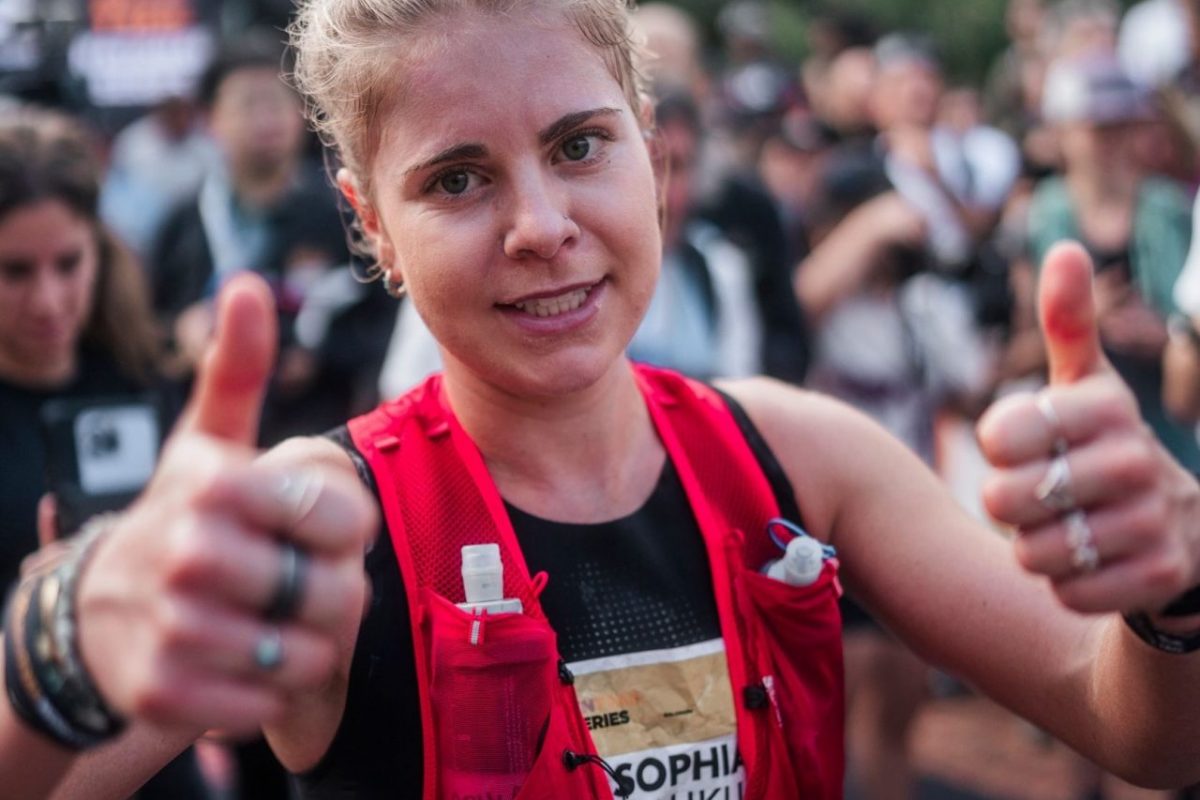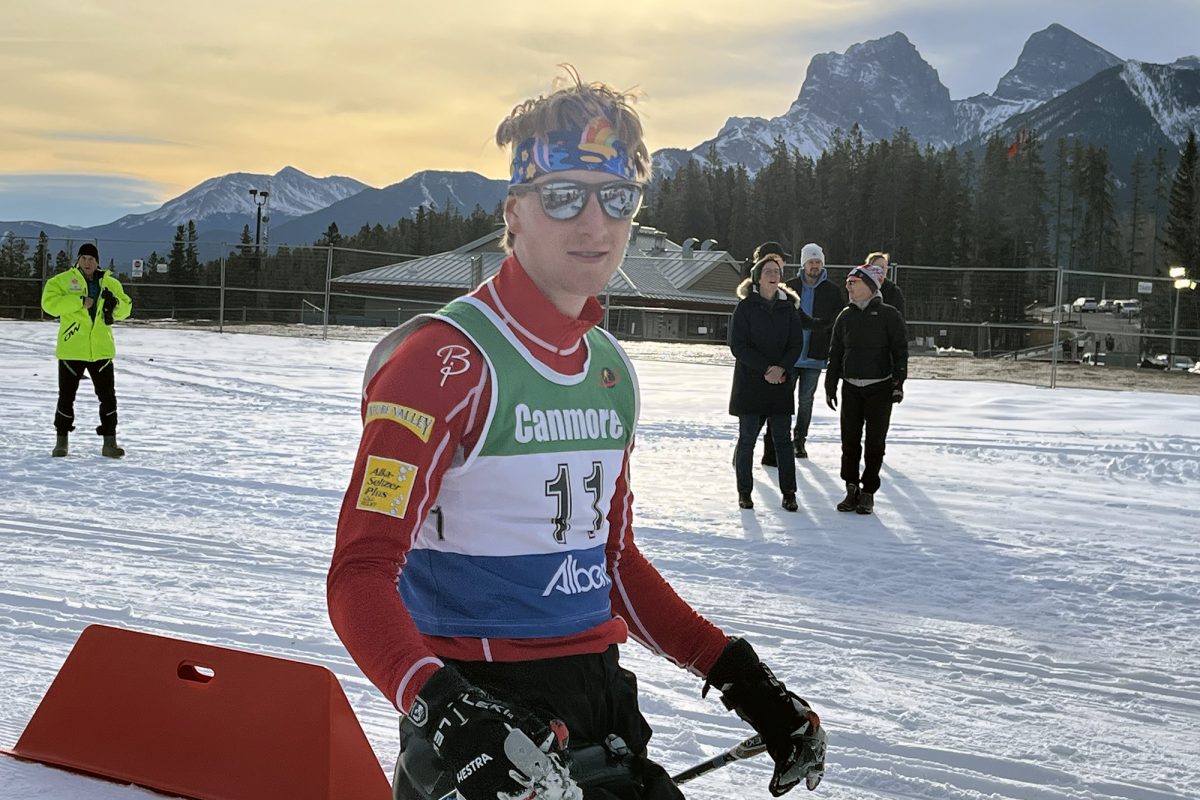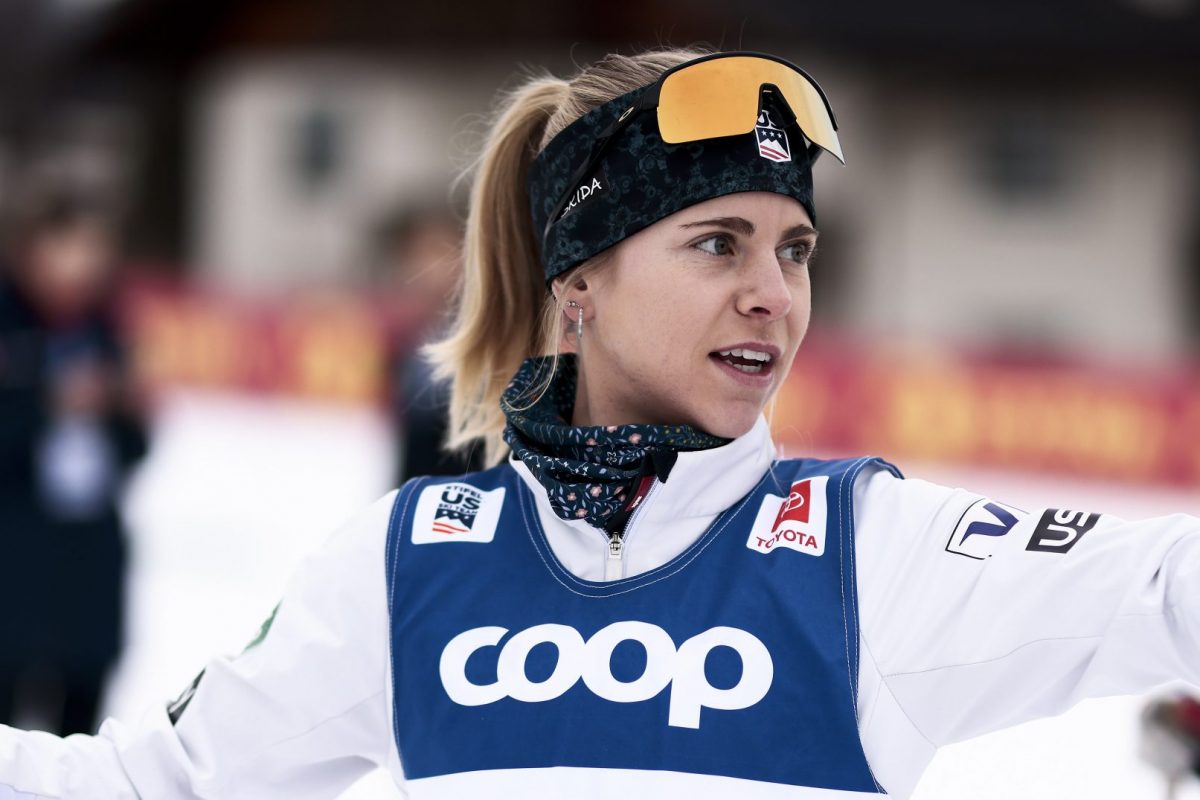Per Johnsen skis with the Kongsberger Ski Club in Seattle and is a member of the WebSkis Ski Team. He is a multiple National Masters Champion and a veteran of 23 Birkies.
Participating in the longest one-day ski race, the Troll Marathon in Norway, has intrigued me for many years. This classic race has been around for fifteen years, and it uses the Troll Trail from the Rondane Mountains to Lillehammer for 95 kilometers, finishing in Sjusjøen, located on the Birkebeiner course. The course follows the high mountain plateau, at and above the tree line. The setting leaves it susceptible to winds and poor visibility. However, this year the weather and course conditions were perfect, about 25 degrees at the start and 35 when I finished much later in the day.

The length of the race is the real challenge and it raises serious concerns about making it all the way. I had done the American Birkebeiner many times, but this was nearly twice as long. Actually, it is two running marathon distances plus another 13k. I knew I needed to be careful, not get caught up in the excitement and thinking I could actually push hard. The pact I made with myself was to find an easy pace and not ever press. Completing the race in good shape was the goal. For the less than foolhardy, they also offer three other distances, 70, 45, and 20k, with starts along the course on the way to Sjusjøen. Still, most sign up for the 95k event.
Having spent a few days with my sister at her cabin nearby, we had a short drive to Venabu Hotel and the start. Great weather had increased the interest this year and the organizers were overwhelmed by late entries. Because of modest advertising, the length of the race, and the exposed terrain, this race normally draws 3-400 participants. This year nearly 600 showed up. They even ran out of bibs, and I received a piece of thick Tyvek-type material with my number written in a marker pen. A little disappointed, I pinned it on.
The start was located in a field near the hotel and 8 to 10 tracks narrowed to two in about 300 meters. As I looked around before the gun went off I was struck by a couple of things. First, the participants were friendly and chatty. I guess a little of the competitive edge and nervousness that you would expect to see at a 10k event is absent in the face of an all-day ski. Second, these were folks who were extremely fit and ready. The latter became apparent as soon as the race started. My careful and slow start put me near the rear of the field within a kilometer. I realized that there were no casual participants who just signed up for this race, hoping to make it to the finish. No, all I saw were skilled, fast classic skiers. Still, I was patient. They wouldn’t just leave me. A fleeting thought crossed my mind. I imagined someone going to St. Andrews in Scotland, thinking he or she is a good golfer, and is met by people who golf every day. This was similar. People near the rear of the field were people who ski all winter and are used to long hard ski tours. In the US we have little experience being in a competitive field where everyone is a fast skier.
The first 3, 4 kilometers wind through a scattering of mountain cabins surrounding the hotel area, and then the course turns southwest and heads across open mountain plateaus, above the tree line. After about 20 minutes, the field of competitors is a long line across the plateau, with participants finding their own pace. My friend Richard Knowles, from Anthony Lakes, Oregon, has done this race before had advised me to find a group to ski with who had chosen a comfortable pace and had good technique. That could be just about anyone in the race. As we went across the plateau my own pace seemed about right and following the distance marks every 5k I was able to judge my pace. Since we had really fast, hard tracks and gentle terrain, I had hoped to average just a little over 40 minutes per 10k, and finishing in around 6 hours and 30 minutes. The 10 k time was 41 minutes and I thought: “This pace seems easy and I can do it.” The “Distance to Finish” markers were both inspiring and scary. Imagine that you have skied 15 kilometers and the sign says “80 kilometers to the Finish”. Or after 40 kilometers it says 55ks. Only a Birkebeiner to go! But the first section of 25 kilometers passed quickly and everyone seemed to be content with their own pace. Since I was skiing steady I found that I was slowly making my way up toward the middle of the field, although the front of the race was long out of sight. Great to be out on a plateau and able to see a race field three or four kilometers long.
The first major stop was at the 25k spot, where they had rolls, bananas, crackers, and lots of drink. At that point we passed within a couple of hundred yards of where I had spent the past week, at my sister’s cabin. There I knew the terrain and I had skied the next 25 kilometers of the race course in the last few days. We crossed through another cabin village clustered around an old mountain farm and pasture. During the next hour we crossed gentle terrain over giant mountain marshes and a few easy climbs. The hard and fairly icy tracks were abrasive and we all knew that the klister would wear off before long. But my wax was still good, and my glide was the best around. Thanks, Solda and Rode. What a place to double pole. About halfway near Gopollen, at the start of several short climbs I noticed people who had stepped off the course to apply more klister. Most were using the spray variety. A good temporary fix, but with ice already in the old klister, the solution is not good for the whole day.
My skis were a little slippery, but satisfactory, so I chose to concentrate on other things. Like the views. The sun was bright, in our faces, the snow was still dry and hard, and what little wind there was came from behind. Anywhere I looked the vistas were breathtaking. I could look behind my right shoulder and see the Rondane Mountains, where we had started. This mountain range is well known in Norwegian legend and fairy tales. They are massive and among the highest in Norway. Directly to the right I could see the Jotunheimen Mountains, the setting of much of Nordic mythology. They include the highest peaks in Norway. And all around me were mountain cabins, lakes, dwarf birch trees and open spruce forest. The place was made for skiing. Those thoughts made the time go by. I was trying to delay worrying about two large climbs coming up. By this point in the race I had settled into a routine of double poling 80-90% of the time, even up hills and I was feeling comfortable. In fact I found myself skiing with a very tall young man from Stryn on the West Coast who also liked to double pole. We were perfectly matched and we stayed together for about an hour. At the start of the first of the two climbs, at Keiken (65k), he pulled off to spray on some klister. We were facing a 300 foot climb. I thought that my skis were still ok and I herringboned up the hill in the steep parts and double poled the rest. But my skis were not good enough to find much bite. At 80k I realized that I needed more grip, and at the next food station, there was also a wax station with two “Swix Angels” . The field was spread out so few skiers were at the station at a time and the Swix people offered to apply more klister to anyone’s skis. I was happy to hand them mine. One of the technicians scraped any ice from under my skis and the other checked the wax pocket marks on the side of my skis and ran each one over a rubber roller immersed in a vat of heated klister. A mixture of Universal and Red, they said. They asked me to let the skis cool for a minute before putting the on. The whole process took two minutes. My skis were perfect! I quietly blessed those Swix people over the next hour. At 80 k I found the last of the big climbs, up to Pellestova Hotel, about 450 vertical feet. Those fellows knew where the wax service should be placed!
By now the temperatures were above freezing and the snow was getting much warmer and softer. And the body was much more tired. All those technique finesses that are easy to pull out when you are fresh seemed to have left my body completely. I felt, however, that I could complete this with reasonable comfort. I had kept the same pace throughout and I was looking at a finish around 6 hours and 15 minutes. In normal years, with slower conditions, that would have been a very competitive time in my age group. This year I would be near the middle of my age group. The last indignities faced me during the final 5 kilometers of the course. For some diabolical reason, someone had thought that a section of a few steep, short uphills was exactly what was needed at that point of the race. I could easily have been without that pleasure. The last kilometer is down hill into the finish.
I actually felt fine after the finish. I could probably have gone 15-20 minutes faster, but this one I was not racing. The objective was to participate, to complete it, and to enjoy the scenery. I recalled the description that my friend Richard Knowles gave the experience: “My favorite ski with a bib on.” I heartily agree.
You can see pictures and information about the Troll Marathon at www.miclis.no/trollski/default.asp
The winner did the whole thing without kickwax and completed the course in just under four hours. That is nearly two 50k races averaging under 25 minutes per 10k. Imagine that.




3 comments
Skidfan
May 13, 2010 at 4:34 pm
“Directly to the right I could see the Jotunheimen Mountains, the setting of much of Nordic mythology. ”
Just for the sake of clarity (or information), Jotunheimen is the realm of Giants in Norse mythology. but the mountains themselves were not given the name “Jotunheimen” until 1861 when some crazy norwegian thought it would be a nice name to “steal”.
So probably it wasn’t those particular mountains that were thought to be the home of the giants or inspired the tales.
T.Eastman
May 14, 2010 at 10:41 am
Per, thanks for the great account!
Tim Kelley
May 17, 2010 at 3:14 pm
Per, In the first sentence of this article you mention “participating in the longest one-day ski race”. Perhaps you should clarify this as: “the longest one-day ski race in Norway”. In Alaska there are two races (the Su 100 and the White Mountains 100) that skiers travel 100 miles, about 40 miles more than the Troll Marathon, in one day. In these Alaskan races skiers carry more gear and ski without set ski tracks … unlike the gentrified Troll Marathon. I imagine that skiers have done the Midwest’s Arrowhead 135 in a day … so that is likely yet another one day ski race longer than the Troll.